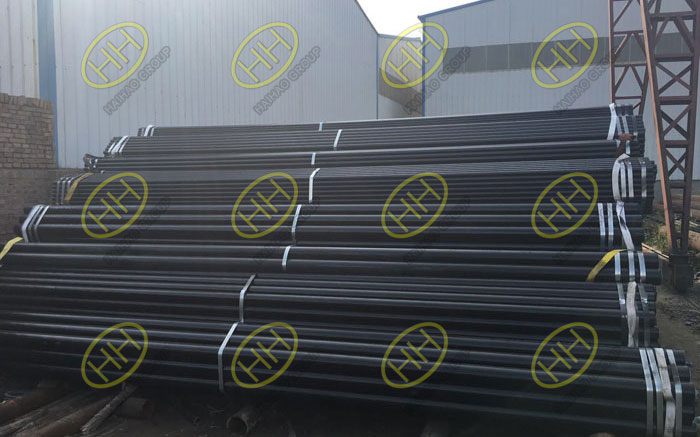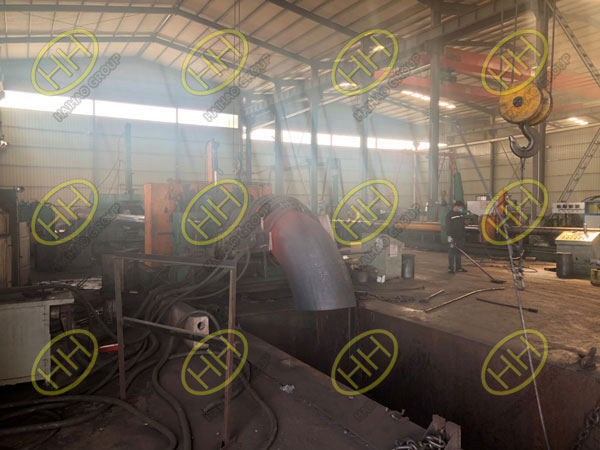Distinguishing manufacturing techniques cold drawing vs. hot rolling
In the realm of steel pipe production, two distinct manufacturing techniques stand out: cold drawing and hot rolling. These processes play a pivotal role in crafting seamless steel pipes, each offering unique characteristics and advantages. Let’s delve into the differences between these two methods and understand how they shape the final products.
Cold Drawing: Crafting Seamless Precision
Cold Drawing, also known as Cold Working or Cold Finished, is a precision-oriented method employed to create seamless steel pipes. In this process, the hot-rolled steel billets undergo controlled cooling before being stretched and drawn over a mandrel to form the desired pipe shape. The significance of this technique lies in its ability to produce seamless pipes with impeccable precision and dimensional accuracy.
Key Characteristics of Cold Drawing:
Seamless Perfection: Cold drawing yields seamless pipes that lack welded joints, ensuring superior structural integrity and enhanced resistance to pressure.
Dimensional Precision: The controlled stretching and drawing process result in pipes with consistent outer diameters and wall thicknesses, meeting stringent dimensional specifications.
Surface Finish: The cold drawing process imparts a smooth and polished surface finish to the pipes, contributing to their aesthetic appeal.
Hot Rolling: Forging Robust Structures
Hot Rolling is a widely employed technique in steel pipe manufacturing. In this method, heated steel billets are passed through rolling mills to shape them into pipes. The process involves high temperatures and is particularly suitable for crafting large-diameter pipes and tubes.
Key Characteristics of Hot Rolling:
Versatile Applications: Hot rolling is versatile and can be applied to various steel grades and thicknesses, making it suitable for a range of pipe sizes and applications.
Structural Strength: The high temperatures during rolling facilitate the development of strong and robust pipe structures, making hot-rolled pipes ideal for heavy-duty applications.
Efficiency: Hot rolling offers a faster production speed compared to cold drawing, making it a preferred choice for high-volume manufacturing.
Choosing the Right Process: Considerations
The choice between cold drawing and hot rolling depends on the specific requirements of the project. Cold drawing excels in producing seamless pipes with precise dimensions and a refined surface finish, making it well-suited for applications demanding exceptional accuracy. On the other hand, hot rolling is preferred when structural strength, versatility, and efficiency are key considerations.
At Haihao Group, we understand the importance of selecting the optimal manufacturing process for each project. With our expertise and advanced technologies, we are committed to delivering steel pipes of the highest quality, customized to meet your specific needs. Whether you require the precision of cold drawing or the strength of hot rolling, we are here to provide you with the best solutions for your pipeline projects.


